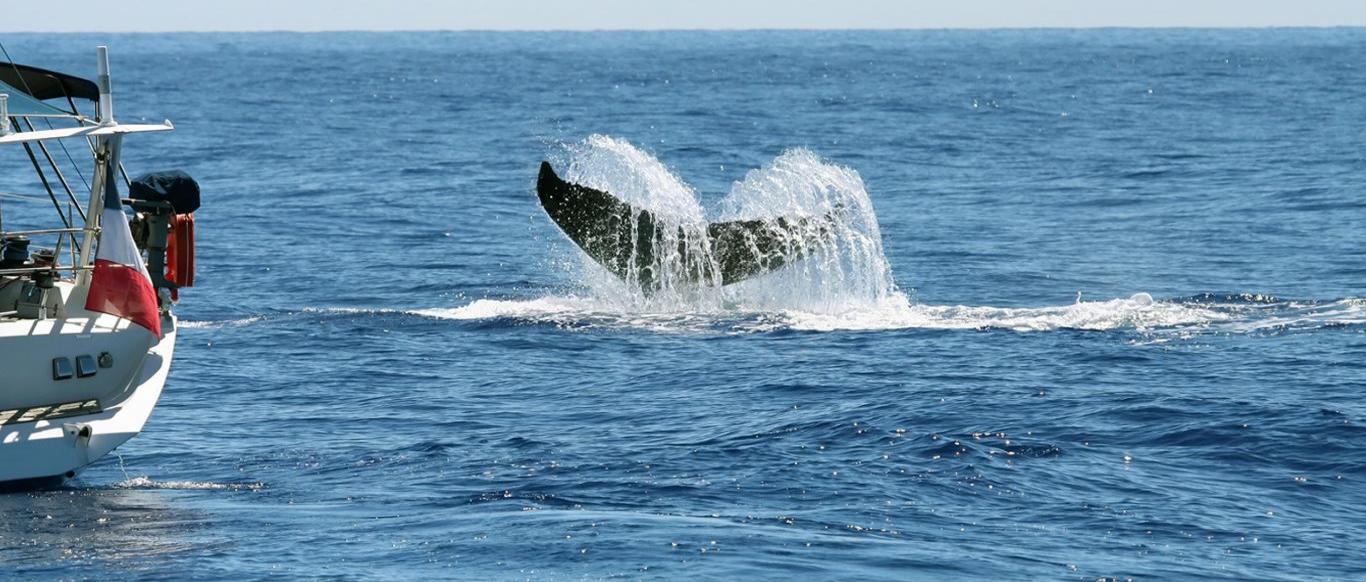Decoding the Secrets of the Seven Seas: Understanding Nautical Flags & Their Meanings
From ancient civilizations to modern-day sailors, a vibrant language of flags has been used for centuries to communicate across vast oceanic expanses. These nautical flags, with their distinctive colors, shapes, and symbols, convey crucial messages that can mean the difference between safe passage and potential disaster on the high seas. Whether you're an avid boater, a history buff, or simply captivated by maritime traditions, understanding the meanings behind these signal flags is a gateway to unlocking a fascinating aspect of seafaring culture.
The Origins of Nautical Flags
The origins of nautical flags can be traced back to the earliest maritime civilizations, where simple banners and cloths served as rudimentary signals between ships and shore. As seafaring nations became more sophisticated, so too did their systems of communication. In the 17th century, the British Royal Navy played a pivotal role in standardizing flag designs and establishing a universal code of signals, known as the International Code of Signals.
Today, this internationally recognized system is still widely used by ships of all nations, ensuring clear and unambiguous communication on the open waters. Each flag holds a specific meaning, whether conveying a ship's status, relaying navigational instructions, or requesting assistance in emergencies.
The Alphabet Flags
At the heart of the nautical flag system lies the alphabet flags, a set of 26 flags representing each letter of the English alphabet. These flags allow ships to spell out words, names, and messages using a combination of individual letter flags. From identifying vessels to signaling distress, the alphabet flags are the building blocks of naval communication.
The Numeral Pennants
Complementing the alphabet flags are the numeral pennants, which represent the numbers 0 through 9. These pennants are essential for transmitting numerical data, such as coordinates, speeds, or other critical information. When combined with alphabet flags, numeral pennants enable the precise exchange of complex messages and instructions.
The Substitution Flags
In addition to the alphabet and numeral flags, there are substitution flags, which serve as placeholders or substitutes for frequently used phrases or messages. These flags streamline communication by condensing lengthy statements into a single, recognizable symbol. For example, the substitution flag representing "I require a pilot" can convey an entire request with just one flag hoist.
The International Code Flags
Perhaps the most recognizable set of nautical flags is the International Code Flags, a collection of 26 flags and four substitution flags. Each flag represents a specific letter of the alphabet or a commonly used phrase, allowing ships to communicate effectively without the need for complex signaling systems. These flags are used for various purposes, including identifying a vessel's nationality, signaling navigational intentions, or indicating a ship's status.
Distress Signals and Emergency Flags
In times of crisis or emergency at sea, specific nautical flags take on heightened significance. The universally recognized distress signal is the red-and-white checked "November" flag, or the hoisting of a square flag with a red-and-white ball pattern. These flags immediately alert other vessels and authorities that a ship is in grave and imminent danger, prompting immediate rescue efforts.
Additionally, the yellow "Quebec" flag indicates a vessel has a suspected or confirmed case of quarantinable disease on board, while the blue-and-white "Mike" flag signifies a vessel is stopped and making no way through the water.
Yacht Club and Signal Station Flags
Beyond their practical applications, nautical flags also serve as symbols of affiliation and identity within the boating community. Yacht clubs and sailing organizations often have their own distinctive flags, proudly hoisted by members to signify their association. Similarly, signal stations, which facilitate communication between ships and shore, display their own unique flags to establish their identity and authority.
Preserving Maritime Heritage
While modern communication technologies have revolutionized maritime operations, the art of nautical flag signaling remains an integral part of seafaring tradition. Many boating enthusiasts, sailing clubs, and maritime organizations continue to teach and practice flag etiquette, ensuring that this rich heritage is passed down to future generations.
Combining elements of history, communication, and tradition, the world of nautical flags offers a fascinating glimpse into the enduring spirit of seafaring culture. By understanding the meanings behind these vibrant emblems, we gain a deeper appreciation for the challenges and triumphs of those who have braved the open waters throughout the ages.
Whether you're a seasoned mariner or a curious onlooker, taking the time to decipher the secrets of nautical flags will not only enhance your knowledge but also connect you to a timeless language that has transcended oceans and centuries. So, the next time you spot a ship hoisting its colors, take a moment to ponder the stories and messages woven into those fluttering banners – for within their folds lies a universe of seafaring lore and wisdom.



